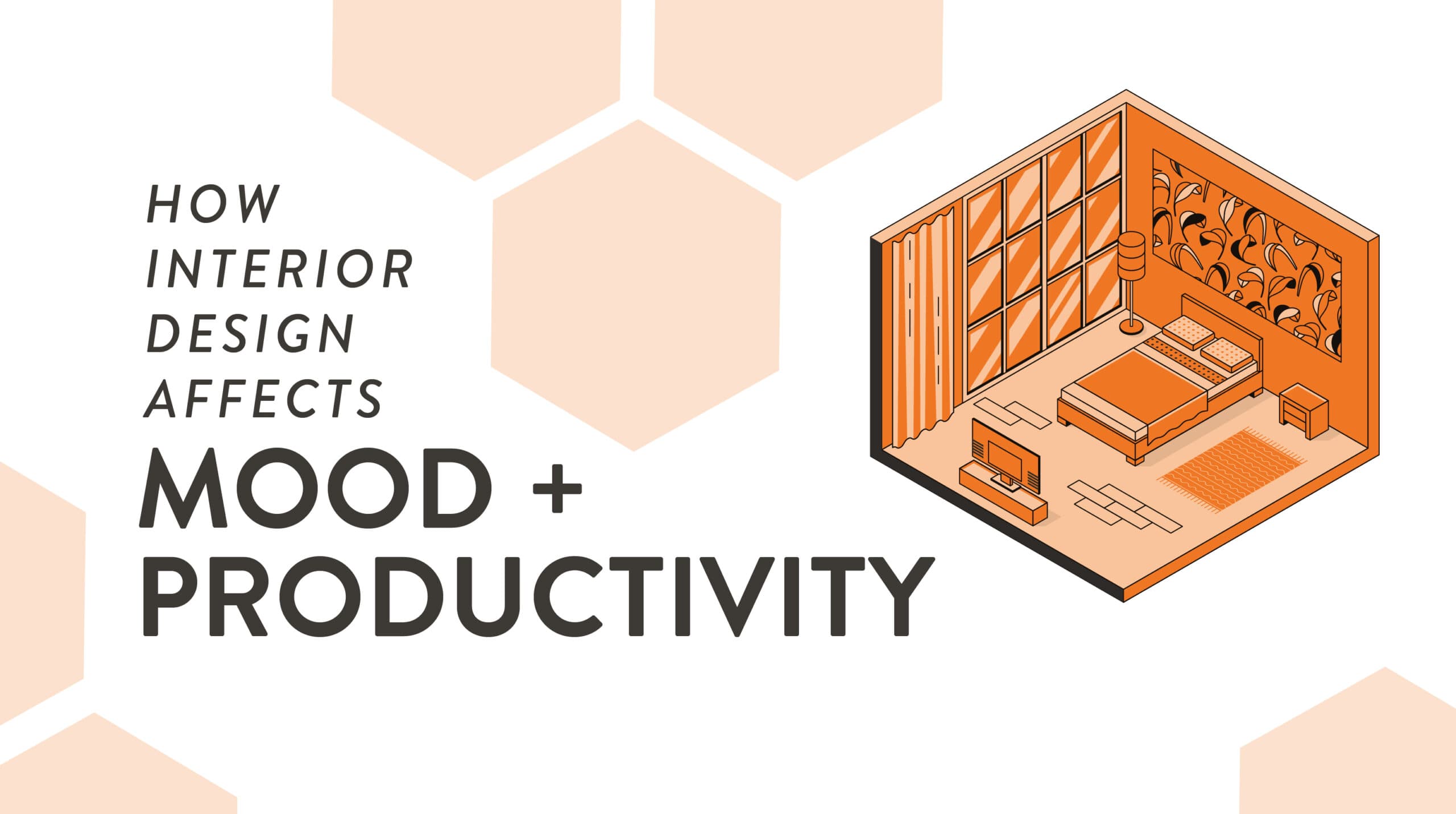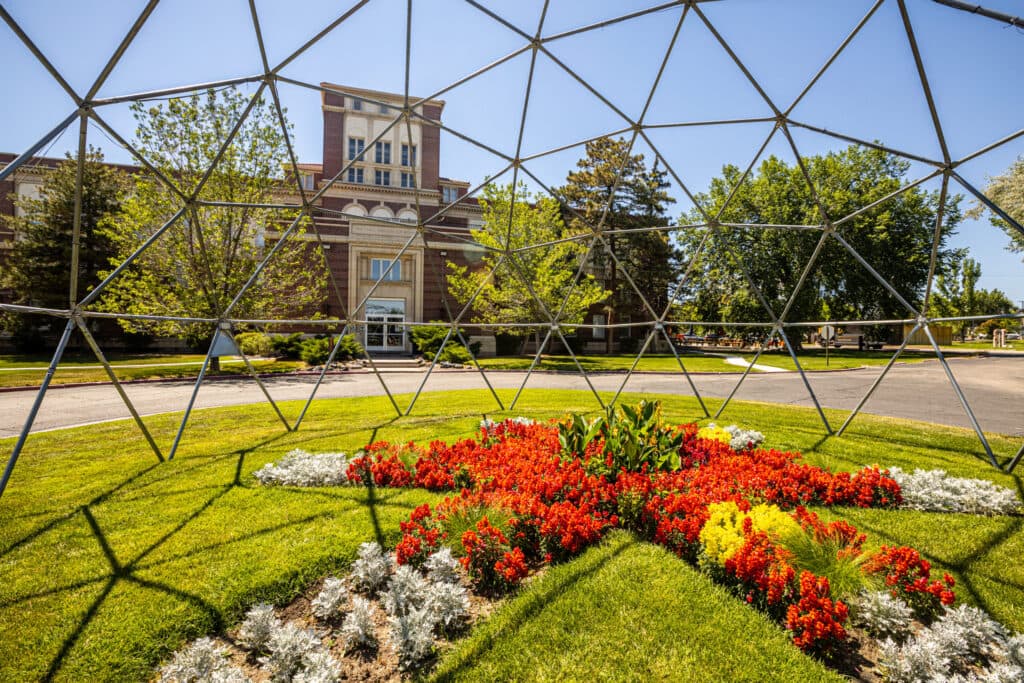Have you ever stepped into a space and noticed how quickly it altered your mood? From the color on the wall to the layout of furniture in the room, an interior designer uses design principles to persuade our brain to behave a certain way. Whether it’s our sense of mood or increased (or decreased) productivity, this article explores the design psychology interior designers use that affect our everyday lives.
Understanding Interior Design Psychology
Before we can dive into the psychology of interior design, we must understand what it is and the role it plays in daily life.
What is Interior Design Psychology?
Interior designers use psychology to determine how color, material, and layout will play a role in the mood or atmosphere of an environment. For example, a room featuring bright paint and large windows can make a space feel open and inviting. Opposingly, a room with dark paint and less light can make a room feel reserved and luxurious. Tiny House Plans, a leader in residential design, states that a well-designed space can elevate mood, increase productivity, lower stress, and even stimulate creative thinking.
The Role of Interior Design in Daily Life
Now that you have a basic understanding of what interior design psychology is, how does it affect your day-to-day life? The psychological effects of interior design greatly depend on the amount of effort that went into designing the space you plan to occupy. Whether it’s a store looking to get you to spend more time shopping or a hotel wanting you to book with them again, interior designers create with specific goals in mind.
A growing interior design effort is aimed at helping us become more productive in our daily lives. “When talking about productivity, we generally think of offices and commercial spaces. But even the environment of your small in-house workspace or your study room matters,” Chalk Studio writes. We agree that the small details matter, so pay attention to them the next time you sit down at a desk or visit a new place.
Did you know? RMCAD Interior Design Professor Alba Marcon’s favorite class to teach is Environmental Holistic Design. “Students start learning about environmental psychology foundational theories such as behavior-setting theory and stimulation theory,” Marcon explains. “They also learn about environmental design focusing on color perception and wayfinding. We cover social justice topics and how the environment we are experiencing can affect perception and behavior.”
The Impact of Color Psychology in Interior Design
Colors are more than just paint on a wall, they have the power to alter our mood in a big way. Let’s take a look at how color is used in commercial and residential interior design.
H3: Basics of Color Psychology
Color psychology in interior design is an important factor to consider when starting a new project. Who will be interacting with your space? What emotions do you hope they will feel? The answer to these questions will help guide your use of color in a design. Here are some common colors and what they signify:
- Red: Energy, strength, attraction, and love
- Blue: Sympathy, compassion, peace
- Green: Growth, freshness, calmness
- Orange: Creativity, success, enthusiasm
- Brown: Reliability, dependability, resilience
Using Color to Enhance Mood and Productivity
You may not realize it, but color plays a significant role in shaping emotions and first impressions of a space. Nexen Properties explains that “Colors speak a silent language we all understand. Warm hues can inspire conversation and comfort, while cool tones might enhance concentration and calm.” When a space is designed correctly, an emotional response to color allows the goal of the design to be much easier to carry out.
Designing Spaces for Enhanced Mood
Speaking of goals, interior designers might have different tactics in mind depending on the type of projects they work on: residential or commercial.
Residential Spaces
Residential spaces, whether designed by an agency or freelancer, are a great place to add your personal touch to a space. A residential space can include spaces like single-family homes, apartments, and multi-family homes. From soft lighting to your favorite colors, personalized interior design is a great way to customize the look of your space allowing you to heavily control the mood and atmosphere.
Commercial Spaces
Commercial interior design covers a wide variety of industries and can be both employee and customer facing. When an office or commercial space is thoughtfully designed, it can promote a healthy culture for all who occupy the space. An office designed for productivity might maximize the use of collaborative spaces while still allowing for independent work, whereas an airport might be designed for efficiency and safety.
Fun Fact: Students at RMCAD get the opportunity to figure out which specialty they like best over the course of their degree program. “Our students have the opportunity to analyze both residential and commercial spaces including learning, healthcare, aviation, workplace, service environments, and more,” Professor Marcon explains.
Interior Design Elements that Influence Psychology
Let’s uncover a few design elements interior designers use that influence our psychology: lighting and furniture.
Lighting and Its Psychological Effects
Lighting is arguably the most visually-impactful aspect of any interior design project. According to TCP Lighting, “Brighter light can intensify emotions, while low light doesn’t remove emotions, but keeps them steady.” When experimenting with light in a scene, take into consideration what will look best: natural or artificial lighting. It’s also important to consider the fixtures light can be housed in that can make a statement in and of itself.
Furniture and Layout
With many different materials, textures, and styles of furniture, it’s important to properly research what will work best in your space. Principles such as traffic flow, focal points, and conversion areas are important to consider when designing the layout of a room.
Pro Tip: Be sure to consider the flexibility furniture can have in your space. For example, a coffee table with storage can save you space and a sofa that transforms into a bed can accommodate extra guests.
Integrating Nature in Interior Design
With reusability and upcycling at the forefront of many interior designer’s missions, integrating nature into interiors is becoming increasingly popular in today’s world.
Biophilic Design Principles
Biophilic design aims to prioritize natural elements, engage the senses, and strike a balance between expansive spaces and comfortable nooks. Natural materials in interior design have long been a luxurious option to create beautiful interiors, however, now, designers are leaning towards bustling biophilic ecosystems such as plants, gardens, and waterways.
Let’s take a look at a few basic biophilic design principles:
- Environmental
Implementing the environment of the natural world within a space is a key feature of biophilic design.
- Shapes + Forms
A natural approach to shape and form can bring relaxation and peace to a natural design.
- Light
Natural lighting is key to the freshness felt in many biophilic designs around the world.
Use of Plants and Natural Materials
Sticking to natural design is at the heart of biophilic interiors. The most common elements you will find are plants, rocks, and water. These natural elements can calm those who enter and boost productivity for those who enjoy the beauty of nature.
Ready to Learn More about Interior Design?
We hope you learned a thing or two about how interior design affects us in our daily lives. To learn more about RMCAD’s interior design programs, visit our online and on-campus pages today. To read more about interior design, check out From intern to interior designer – RMCAD alum lands dream job.

